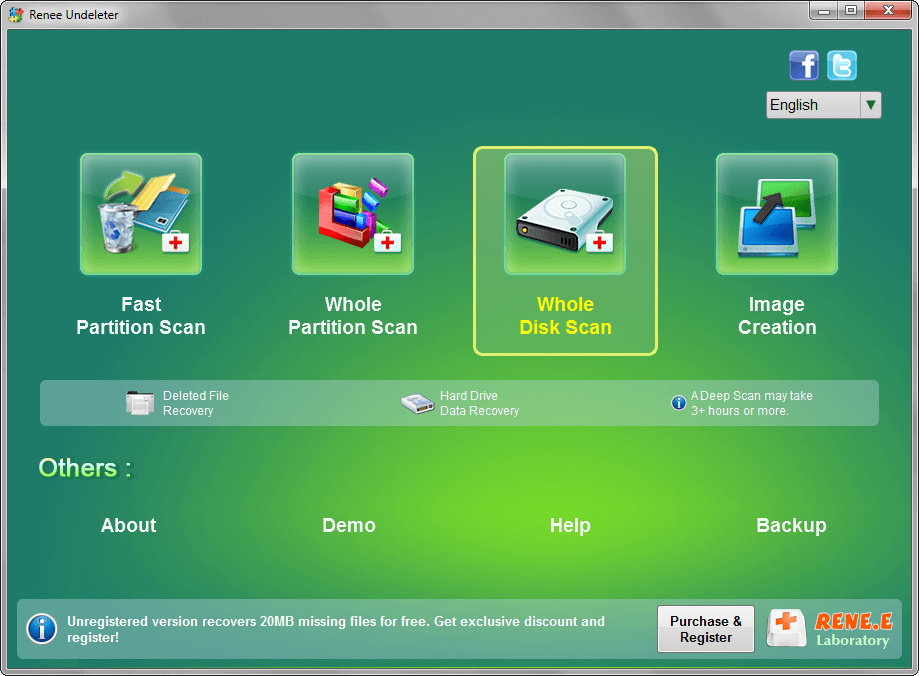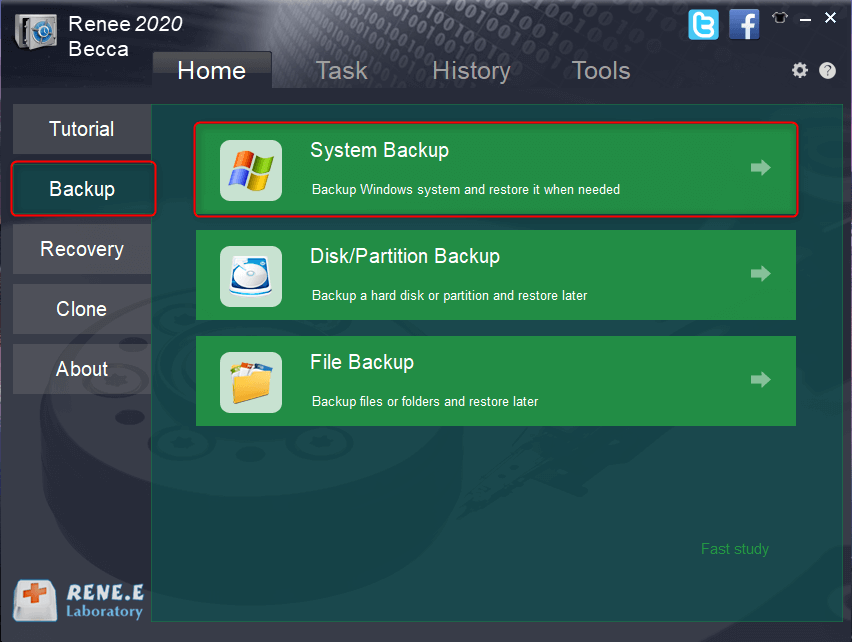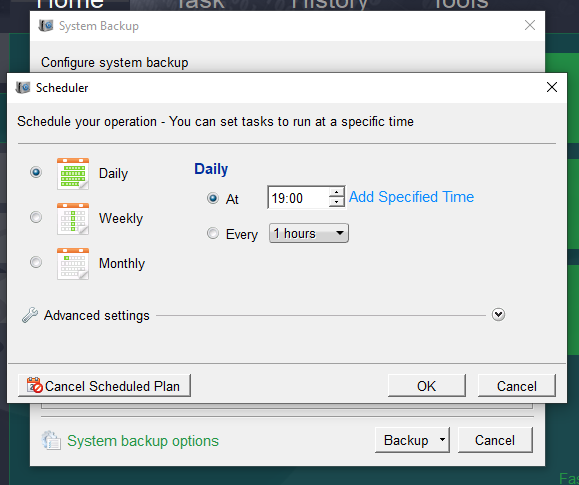Understanding and Managing Bad Sectors on Hard Drives
- Home
- Support
- Tips Data Backup
- Understanding and Managing Bad Sectors on Hard Drives
Summary
Bad sectors, or bad blocks, are sections of a storage device that are permanently damaged, leading to potential data loss and unreliability for future storage. There are two primary types of bad sectors: physical and logical. Physical bad sectors result from physical damage to the hard drive, such as head crashes, dust contamination, wear and tear, or manufacturing defects, and cannot be repaired. Logical bad sectors, on the other hand, appear to malfunction due to software issues or corruption, although the article does not specify the causes or solutions for logical bad sectors. If the number of bad sectors exceeds a certain threshold, the hard drive will fail to function properly.
Table of contents

chkdsk c:/f /r and hit Enter. (Replace C with the appropriate drive letter if needed.)Chkdsk cannot run because the volume is in use by another process. Type Y to continue.
Easy to use Only simple steps to recover data from storage devices.
Multiple scan modes Fast partition scan, whole partition scan and whole disk scan for different recovery needs.
File types Support to recover pictures, videos, audios, documents, mails, etc.
Supported storage devices Recover data from recycle bin, SD card, external disk, etc.
Supported systems Windows 11,10, 8.1, 8, 7, Vista, XP, 2000 and Mac OS X10.6, 10.7, 10.8+.
Easy to use Only simple steps to recover data from storage devices.
Multiple scan modes - 3 scan modes for different recovery needs.
Supported storage devices Recover data from recycle bin, SD card, external disk, etc.


Automatic 4K alignment Improves SSD performance during system migration.
Support GPT and MBR Automatically adapt to the suitable partition format.
Support NTFS and FAT32 Redeploy various files in different file systems.
Back up quickly Back up files at up to 3,000MB/min.
Overall backup schedule Support system redeployment/system backup/partition backup/disk backup/disk clone.
Automatic 4K alignment Improve SSD performance
Support GPT and MBR Intelligently adapt to a partition format
Support NTFS and FAT32 Redeploy files in different file systems




Automatic 4K alignment Improves SSD performance during system migration.
Support GPT and MBR Automatically adapt to the suitable partition format.
Support NTFS and FAT32 Redeploy various files in different file systems.
Back up quickly Back up files at up to 3,000MB/min.
Overall backup schedule Support system redeployment/system backup/partition backup/disk backup/disk clone.
Automatic 4K alignment Improve SSD performance
Support GPT and MBR Intelligently adapt to a partition format
Support NTFS and FAT32 Redeploy files in different file systems
Relate Links :
Understanding and Addressing Bad Sectors in SSDs
08-08-2024
John Weaver : SSDs, or Solid State Drives, are popular storage devices known for their superior performance, reliability, and durability compared...
HDD Slow, But No Bad Sectors Found! How To Fix?
24-10-2023
Amanda J. Brook : Learn how to solve the problem of slow reading on your hard disk, even if there are no...
Clone a Hard Drive with Bad Sectors Like a Pro
11-10-2023
John Weaver : Learn how to clone a hard disk with bad sectors to prevent data loss. Safeguard your information by...
How To Fix Bad Sectors on Hard Drive without Data Loss?
12-10-2023
Ashley S. Miller : Learn how to repair hard disk bad sectors without losing data caused by factors like aging, insufficient memory,...




